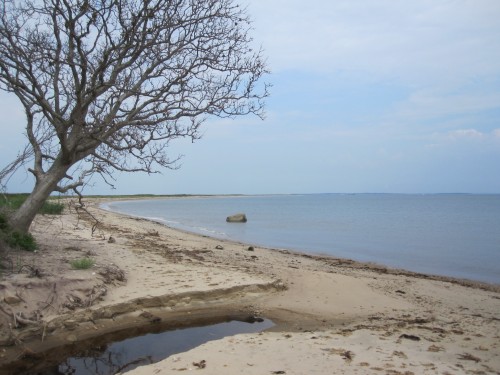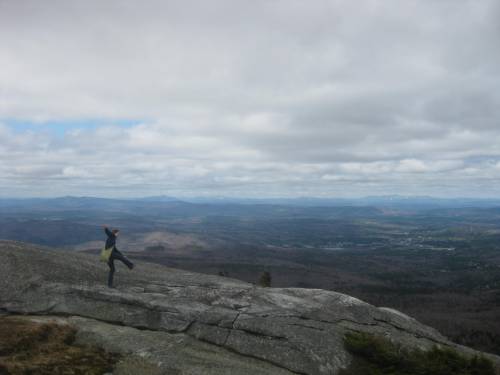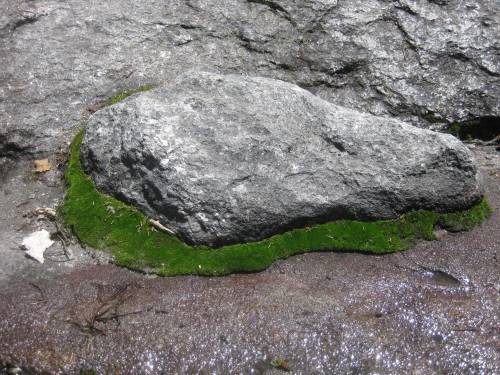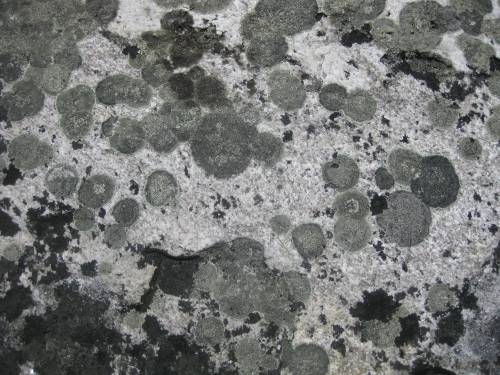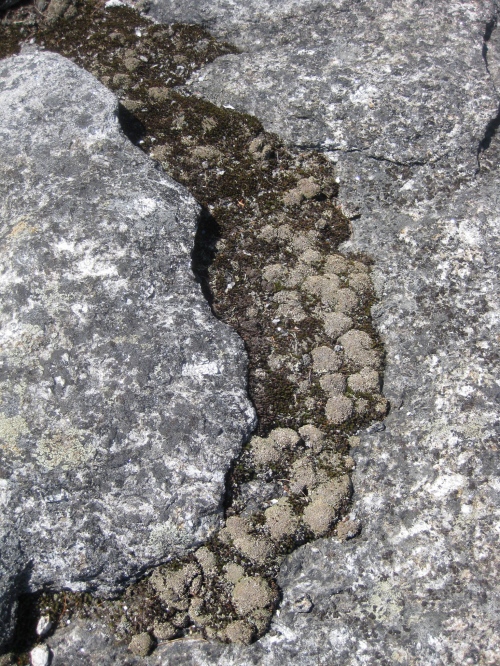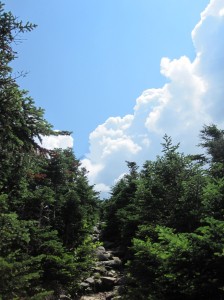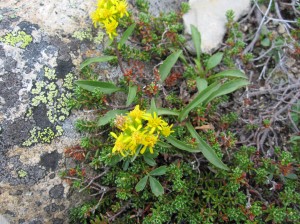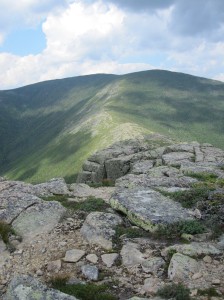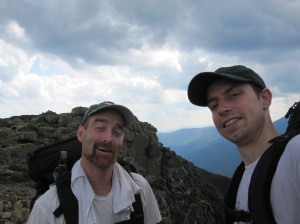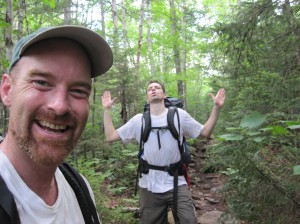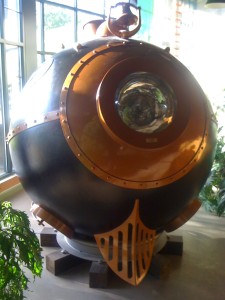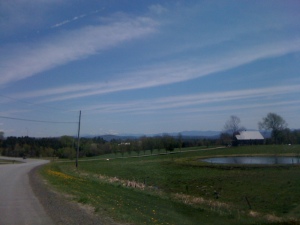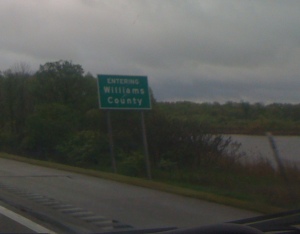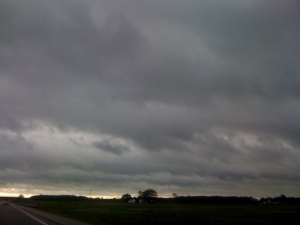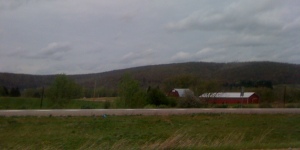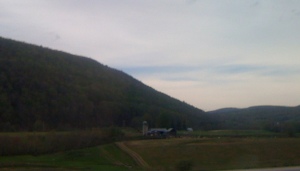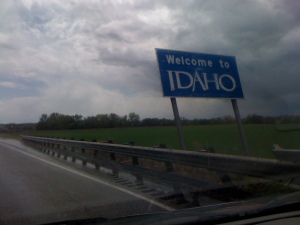Anu and I finally arrived at my old buddy Mike Jospe’s place in Boulder. The day was long and full of snow, but Boulder was looking delighful on the way in.
Mike went to grade school with my buddy Adam, then to another private school in New Hampshire. On the weekends and holidays, he came back to his parents’ place in Concord, MA, near Weston, and became part of the Weston Boys. He is now a psychological therapist for families with troubled teens, and does a lot of wilderness trekking/experiential therapy as well. We had miles of conversation to attend to.
 These are the Flatirons you see coming into Boulder.
These are the Flatirons you see coming into Boulder.
 This is Mike and Erin’s cute little bungalow. Not quite as bungalowey as those in Oregon and California, but still not a New England Colonial!
This is Mike and Erin’s cute little bungalow. Not quite as bungalowey as those in Oregon and California, but still not a New England Colonial!
Erin was unfortunately (for us) out of town – volunteering at an orphanage in Nepal (and trying to stay out of the political unrest). She is looking to find a role doing creativity and art-based therapy with children there, which she does in Colorado.
 And this is Mike’s truck in the cute neighborhood. We walked a bit up the street and through a great well-used park to a small pub-brewery, the Southern Sun, for a snack, then went out on the town to find dinner at Sherpa – a place of a family of Tibetan sherpas. Great food. Kinda like indian.
And this is Mike’s truck in the cute neighborhood. We walked a bit up the street and through a great well-used park to a small pub-brewery, the Southern Sun, for a snack, then went out on the town to find dinner at Sherpa – a place of a family of Tibetan sherpas. Great food. Kinda like indian.
 Sherpas who have died on the mountains are commemorated here. The wait staff are also mountain guides here in the Rockies. It was a great meal and nice to walk about the Pearl St area. Much more lively than what we’d seen in Idaho Falls.
Sherpas who have died on the mountains are commemorated here. The wait staff are also mountain guides here in the Rockies. It was a great meal and nice to walk about the Pearl St area. Much more lively than what we’d seen in Idaho Falls.
 Morning brought us a big surprise! It melted off in about two hours though, which is usual there in Boulder, Mike says.
Morning brought us a big surprise! It melted off in about two hours though, which is usual there in Boulder, Mike says.
 Had a great breakfast at the local neat-o diner. Anu was surprised when I switched from photographing the meal to catch her copying me.
Had a great breakfast at the local neat-o diner. Anu was surprised when I switched from photographing the meal to catch her copying me.
 We went to the Boulder Bookstore – a great big old shop. Seems to have been built into an old hotel or something – there was this upstairs “Ballroom” converted into the fiction section or something. I loved this space! Reminded me of reading rooms at Goodenough College and oddly enough, the state library in Moscow which also had a lot of plants.
We went to the Boulder Bookstore – a great big old shop. Seems to have been built into an old hotel or something – there was this upstairs “Ballroom” converted into the fiction section or something. I loved this space! Reminded me of reading rooms at Goodenough College and oddly enough, the state library in Moscow which also had a lot of plants.
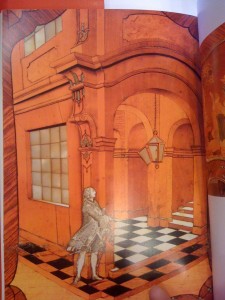 Okay, this is kinda cool. You are looking at a liquid-crystal or CRT screen of a digital photo of a page of a book of 18th-century German furniture, of an image from the surface of an old desk which is an inlaid-wood image of some old guy about to enter a fancy building. The whole three-d thing is done with varying toned types of wood and mother-of-pearl. I found this amazing! I would like to take this book and find this building in Germany somehow.
Okay, this is kinda cool. You are looking at a liquid-crystal or CRT screen of a digital photo of a page of a book of 18th-century German furniture, of an image from the surface of an old desk which is an inlaid-wood image of some old guy about to enter a fancy building. The whole three-d thing is done with varying toned types of wood and mother-of-pearl. I found this amazing! I would like to take this book and find this building in Germany somehow.
 Then in the men’s room, I found this old map of Boulder, a plan really, of Fredrick Law Olmstead’s design to improve the city back in the old days.
Then in the men’s room, I found this old map of Boulder, a plan really, of Fredrick Law Olmstead’s design to improve the city back in the old days.
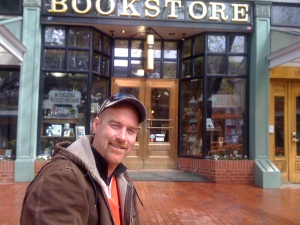 I did like this bookstore.
I did like this bookstore.
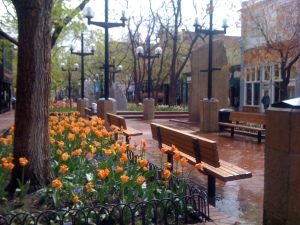 Pearl Street in Boulder is a pedestrianized mall. Love the flowers. I kinda enjoyed the brightening day while Anu went and shopped a lot.
Pearl Street in Boulder is a pedestrianized mall. Love the flowers. I kinda enjoyed the brightening day while Anu went and shopped a lot.
Actually, I also did enter some of the little shops…
 I didn’t actually buy a wand. Some of them were over $250. How long does the magical charge last on one of these?
I didn’t actually buy a wand. Some of them were over $250. How long does the magical charge last on one of these?
 I think the mannequin on the right has the same bust as the one on the left. I did like the shirt on the left a lot.
I think the mannequin on the right has the same bust as the one on the left. I did like the shirt on the left a lot.
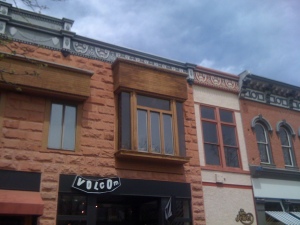 Cool facades in Boulder. Older-feeling than Portland Oregon.
Cool facades in Boulder. Older-feeling than Portland Oregon.
 Erin is giving a few presentations in a coulpe of weeks. Neat to see the flyer up around town.
Erin is giving a few presentations in a coulpe of weeks. Neat to see the flyer up around town.
 Great to be with Mike in his stompin’ ground. Actually, wait until after lunch for the pics of when we really stomp around…
Great to be with Mike in his stompin’ ground. Actually, wait until after lunch for the pics of when we really stomp around…
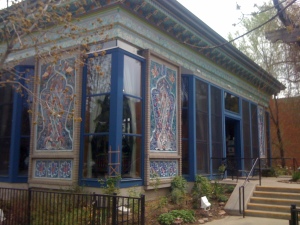 The Dushanbe Tea House – a gift from the people of Kyrgyzstan. Great central asian meal. I had a special tea – puerh – which is partially decomposed and full of great things. Like compost tea for your belly.
The Dushanbe Tea House – a gift from the people of Kyrgyzstan. Great central asian meal. I had a special tea – puerh – which is partially decomposed and full of great things. Like compost tea for your belly.
 The whole place was handmade and then disassembled and brought over in pieces then reconstructed in Boulder. Amazing craftwork. A real gem in Boulder.
The whole place was handmade and then disassembled and brought over in pieces then reconstructed in Boulder. Amazing craftwork. A real gem in Boulder.
 Then to walk off all the tea and food, we strolled up the Boulder Creek, through this underpass where the walker/bikers are actually below the level of the water in the spring, to head for the hills.
Then to walk off all the tea and food, we strolled up the Boulder Creek, through this underpass where the walker/bikers are actually below the level of the water in the spring, to head for the hills.
 Delightful to be able to just walk out of town into the woods. Or at least hills, since it’s not so very woodsy.
Delightful to be able to just walk out of town into the woods. Or at least hills, since it’s not so very woodsy.
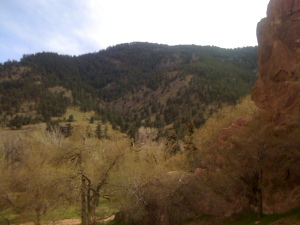

These are the Red Rocks of Boulder.
 Who is this guy?
Who is this guy?

 Great view looking out over the city.
Great view looking out over the city.
 Thanks for showing us this cool place, Mike!
Thanks for showing us this cool place, Mike!
Then we headed down the slope back into town. We got back to Mike’s and rested up a bit before heading out to dinner. Yes, we pretty much ate out for four days. But it was all good stuff. Dinner was at Ajai, a south-american inspired place downtown. The caipirinha could have been sweeter, but at least it had decent cachasa.



 It was a great day and a half in Boulder. We retired back to Mike’s and chatted about the end of the world as we know it and the arrival of the earth-based society, and how we are going to help it come into being. I’m a little hopped-up on Bill McKibben’s latest, Eaarth. But more on that later.
It was a great day and a half in Boulder. We retired back to Mike’s and chatted about the end of the world as we know it and the arrival of the earth-based society, and how we are going to help it come into being. I’m a little hopped-up on Bill McKibben’s latest, Eaarth. But more on that later.
In the morning, we went back to the same diner for another great meal. We actually had the lucky table and got a free coffeecake. A good omen for the road. Next stop, Denver!
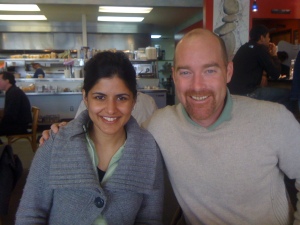


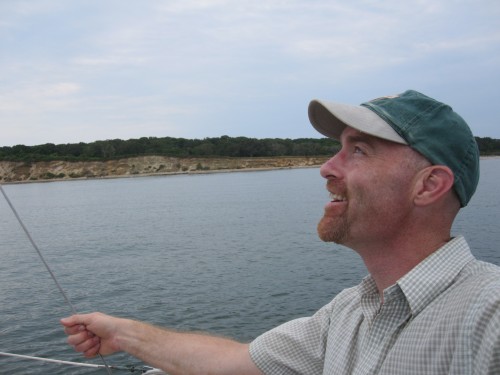 Back on the rigger, a’sailing points bigger, leaving this sandbar, go a bit more far.
Back on the rigger, a’sailing points bigger, leaving this sandbar, go a bit more far.

